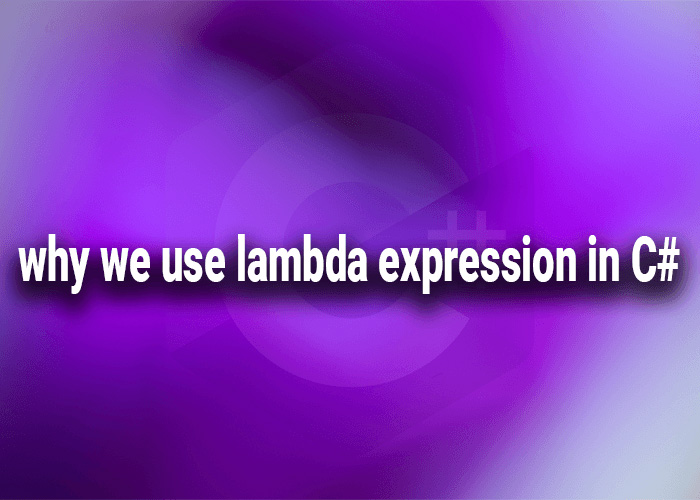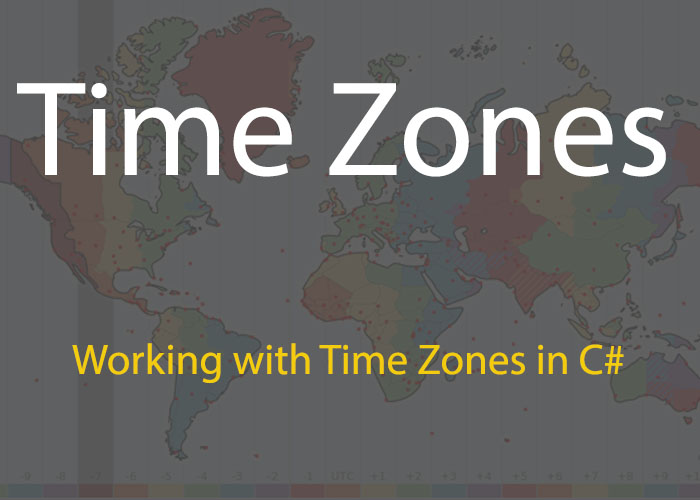What is Boxing and Unboxing?
Boxing and unboxing are fundamental concepts in C# that deal with converting between value types and reference types. Let's break them down:
Boxing
Boxing is the process of converting a value type (such as int, char, double, etc.) into an object type (or any other interface type). In simpler terms, it's like putting a value type into a box (i.e., an object), so it can be treated as an object.
Example of Boxing:
int number = 123; // Value type
object boxedNumber = number; // Boxing
In the example above, the int value 123 is boxed into an object type, allowing it to be treated as an object.
Unboxing
Unboxing is the reverse process of boxing. It involves extracting the value type from the object type. This requires an explicit cast to convert the object back to its original value type.
Example of Unboxing:
object boxedNumber = 123; // Boxing
int number = (int)boxedNumber; // Unboxing
Here, the object boxedNumber is unboxed back to its original int type.
Why We Use Boxing and Unboxing in C#
Boxing and unboxing are used in several scenarios in C#:
Collections:
- Collections like
ArrayListcan hold items of any type. SinceArrayListstores items as objects, value types need to be boxed to be added to such collections.
Interfaces and Polymorphism:
- When working with interfaces and base classes, value types may need to be boxed to be assigned to a variable of an interface or base class type.
Dynamic Types:
- Boxing is used with dynamic types when the type of an object is not known until runtime.
Example with Collections:
ArrayList list = new ArrayList();
int number = 42;
list.Add(number); // Boxing happens here
Example with Interfaces:
public interface IExample
{
void Display();
}
public class ExampleClass : IExample
{
public void Display()
{
Console.WriteLine("Hello, World!");
}
}
public class Program
{
public static void Main()
{
IExample example = new ExampleClass(); // Boxing
example.Display();
}
}
Boxing vs Unboxing
Performance
Boxing and unboxing can impact performance, especially in tight loops or performance-critical sections of code. Boxing incurs overhead because it involves allocating memory on the heap. Unboxing also incurs overhead due to the need for type casting.
Type Safety
Unboxing requires a type cast, which can lead to runtime errors if the cast is incorrect. Boxing does not have this risk since it always succeeds, but it introduces additional overhead.
Example of Performance Impact:
// Boxing
public void BoxValues()
{
for (int i = 0; i < 1000000; i++)
{
object boxed = i; // Boxing
}
}
// Unboxing
public void UnboxValues()
{
object boxed = 42;
int number = (int)boxed; // Unboxing
}
In performance-critical code, minimizing boxing and unboxing can improve efficiency.
Boxing and Unboxing in C# Interview Questions
1. What is boxing and unboxing?
Boxing is the process of converting a value type to an object type. Unboxing is converting the object type back to a value type.
2. When does boxing occur in C#?
Boxing occurs when a value type is assigned to an object type or an interface type. For instance, adding a value type to an ArrayList triggers boxing.
3. What are the performance implications of boxing and unboxing?
Boxing and unboxing can lead to performance overhead due to additional memory allocation and type casting. It's essential to be cautious in performance-sensitive scenarios.
4. How can you avoid unnecessary boxing and unboxing?
Use generic collections (e.g., List<T>) instead of non-generic collections (e.g., ArrayList). Generics work with value types directly without boxing.
C# Boxing Performance
Performance can be a significant concern when boxing and unboxing are used excessively. To mitigate performance issues:
Prefer Generics: Use generic collections and methods to avoid boxing.
List<int> numbers = new List<int>(); // No boxing
numbers.Add(42);
Minimize Usage: Reduce the frequency of boxing and unboxing operations in performance-critical areas.
Use Structs: For scenarios where you frequently box and unbox, consider using structs with value semantics.
Example of Using Structs:
struct MyStruct
{
public int Value;
}
public class Program
{
public static void Main()
{
MyStruct myStruct = new MyStruct { Value = 10 };
// No boxing required
}
}
Understanding and managing boxing and unboxing effectively can help optimize performance and ensure type safety in your C# applications.





